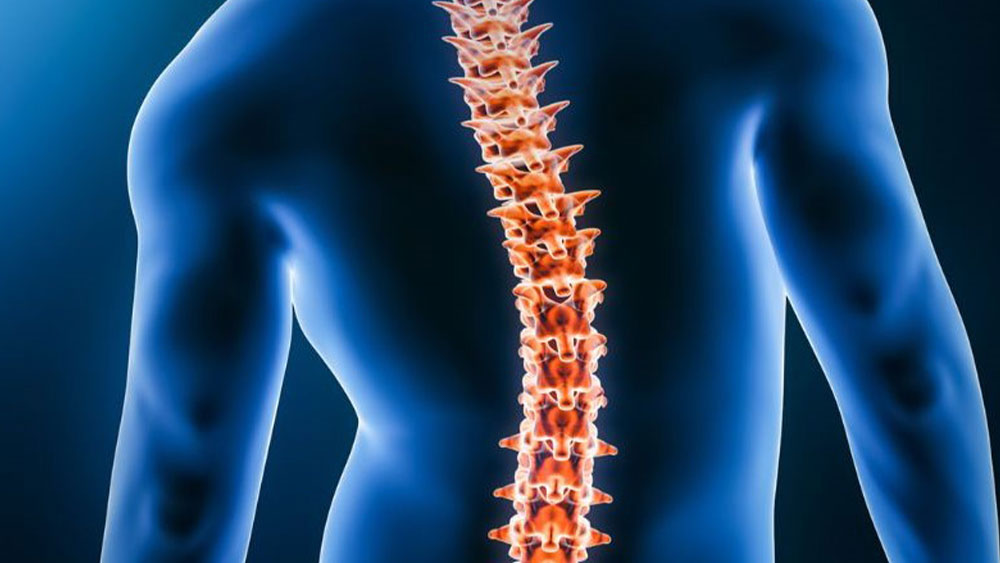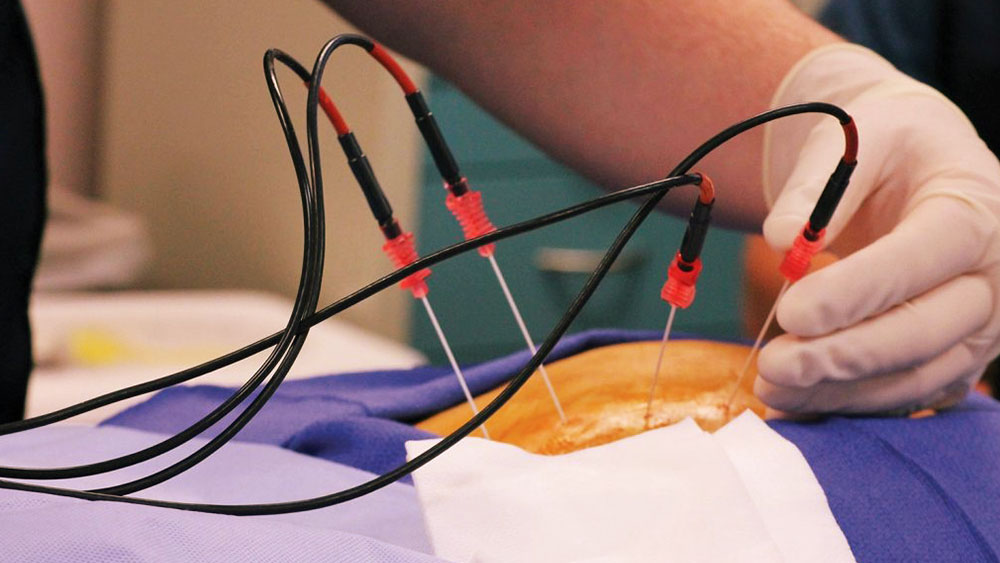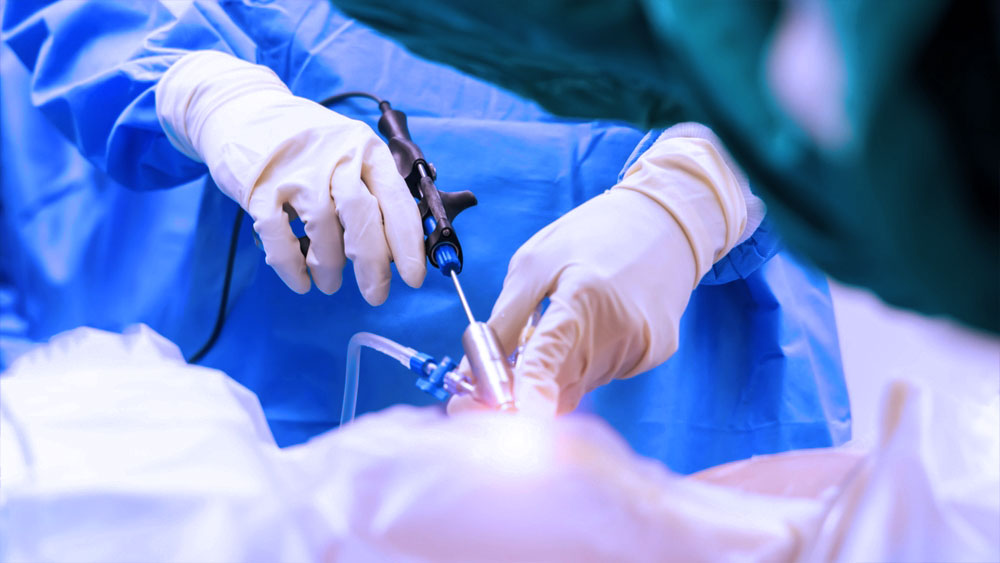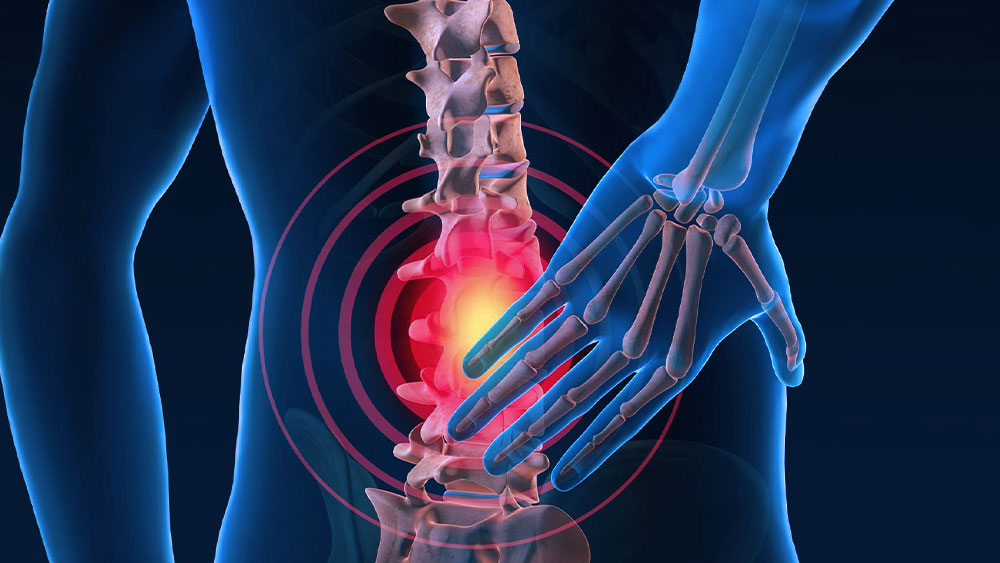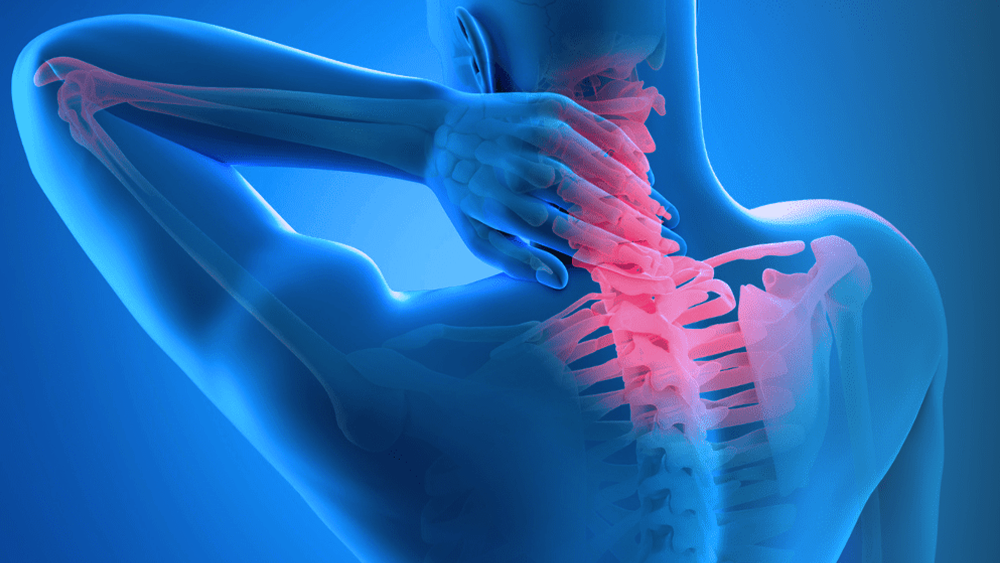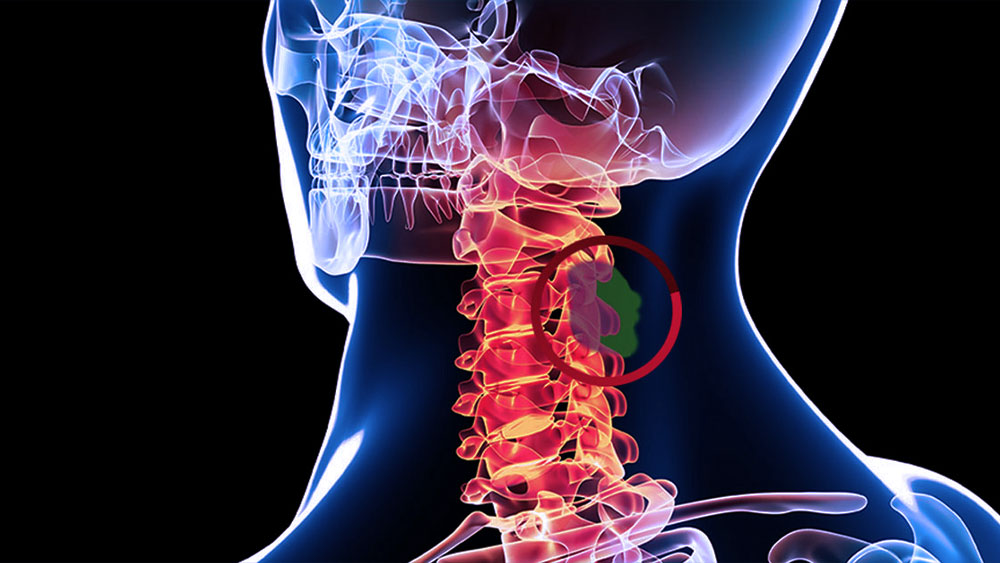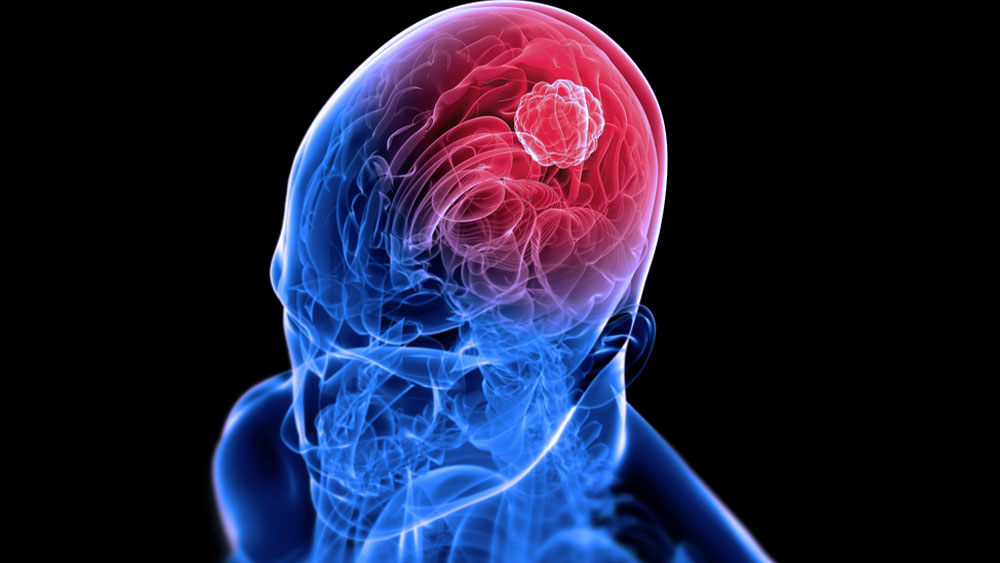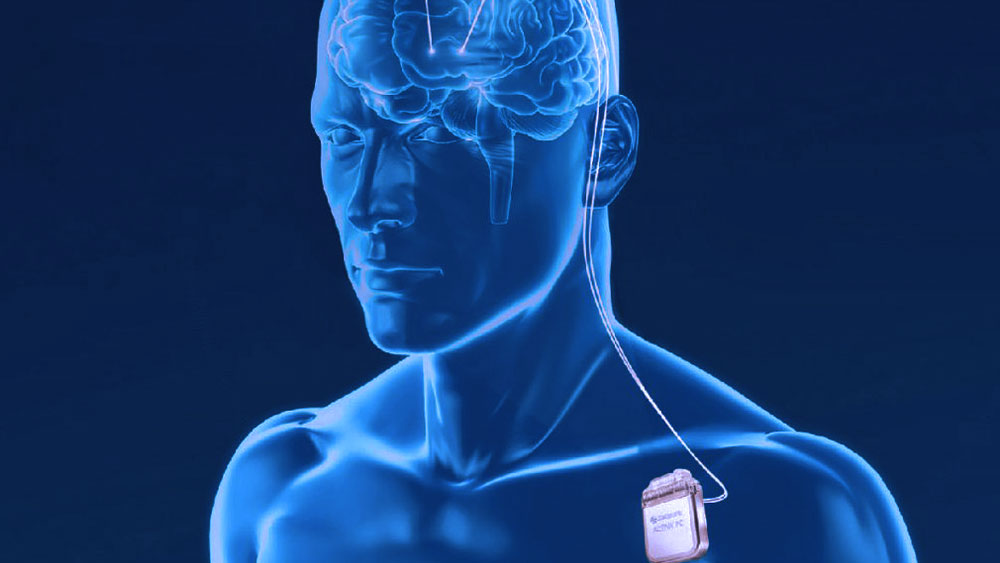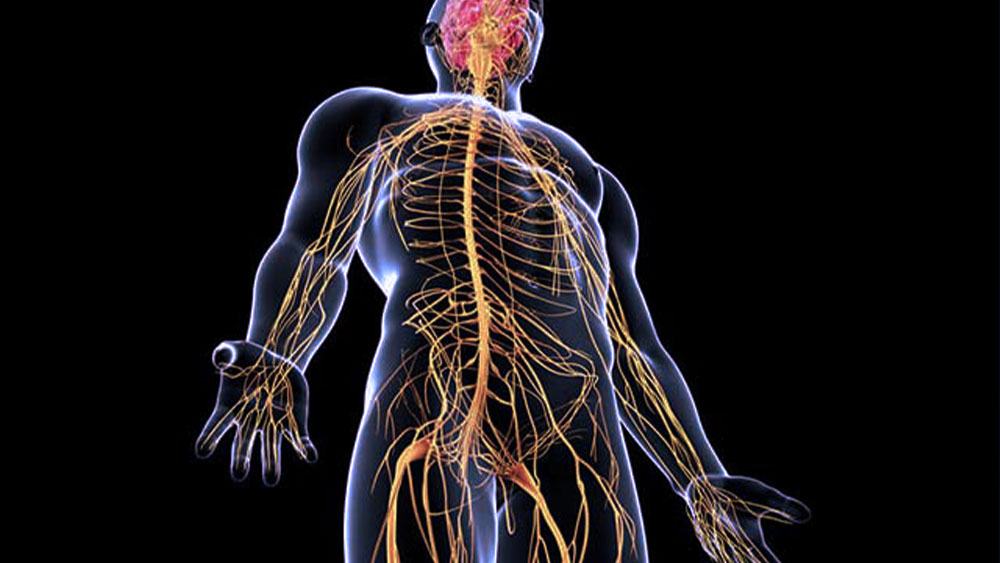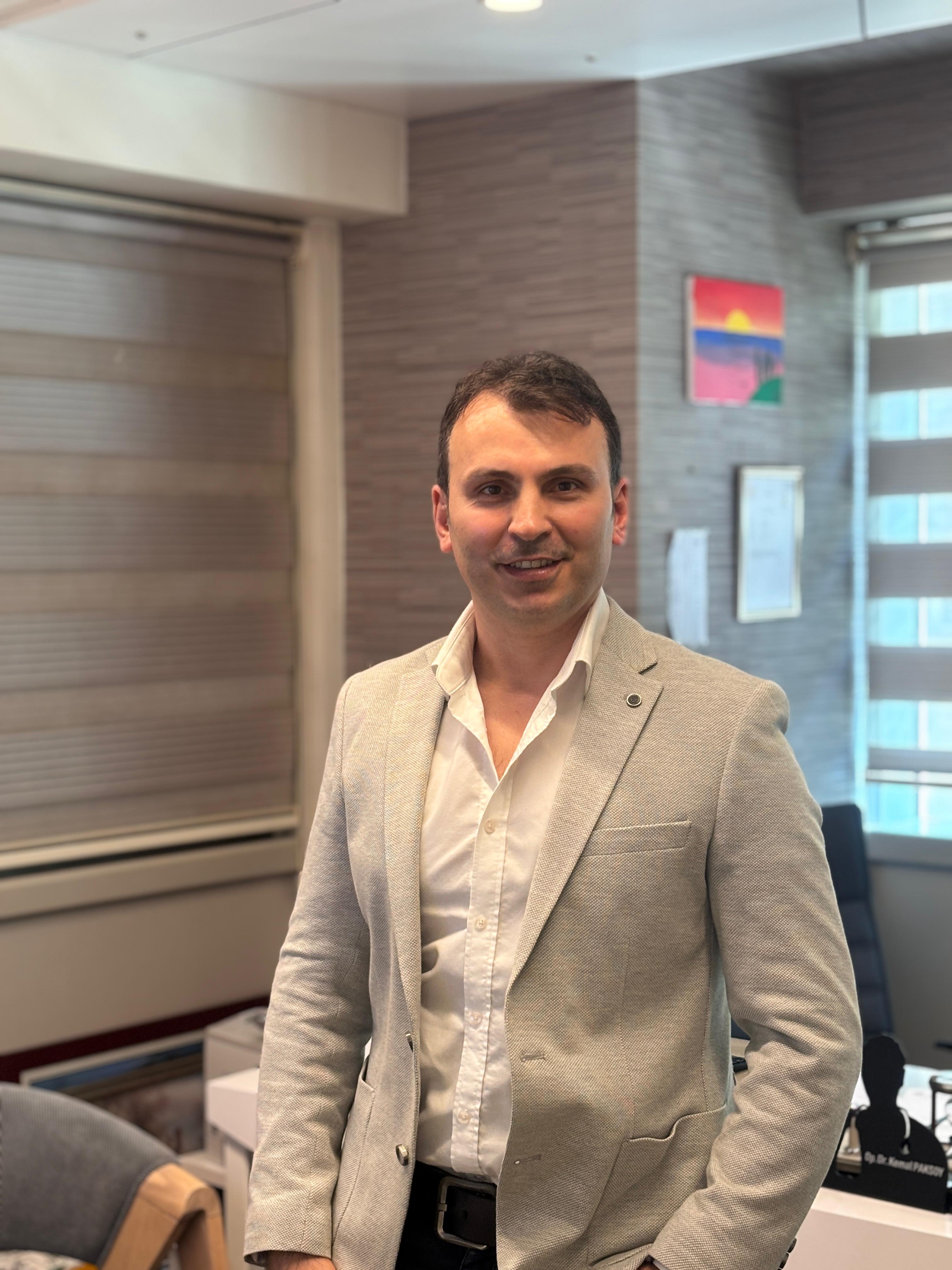SCOLIOSIS SURGERY
Scoliosis is a condition characterized by an abnormal sideways curvature and rotation of the spine in three dimensions. It is classified as idiopathic, congenital, neuromuscular, or degenerative. While curves between 10–40 degrees can often be managed with exercises and bracing, scoliosis exceeding 40 degrees may lead to significant deformities, cosmetic concerns, and in advanced cases, back pain, respiratory and circulatory issues, reduced walking distance, and sensory or motor deficits in the legs.
This page explains what scoliosis surgery is, how it works, and how it may offer a solution for you.
What Is Scoliosis Surgery?
Scoliosis surgery is a procedure performed to correct abnormal spinal curvatures and improve posture and quality of life. The goal is to realign the spine properly. During the procedure, screws and rods are inserted into the spine, often with the assistance of intraoperative navigation technology. The primary aim is to correct spinal deformity and stabilize the spine.
Treatment Process
Before surgery, your specialist will perform a thorough clinical evaluation and assess the spinal abnormality through imaging and physical examination. During surgery, implants and screws are used to straighten the spine and maintain proper alignment.
After surgery, you will follow a rehabilitation and physical therapy program. Adhering to your physician’s recommendations can significantly accelerate your recovery.
Frequently Asked Questions
- What are the risks of the surgery?
Like all surgical procedures, scoliosis surgery carries certain risks. These may include dural tears, intraoperative bleeding, wound infections, or other complications common to spinal surgeries.
- How long until I can return to daily life after surgery?
Scoliosis surgery typically lasts 2 to 5 hours. Patients are mobilized with a brace within 3–4 hours post-op. Two months after discharge, patients can usually start light activities such as walking or swimming. A brace should be worn for at least two months.
- Who is a suitable candidate for this treatment?
Patients with spinal curves greater than 40 degrees who suffer from back pain or are concerned about cosmetic deformity are considered ideal candidates. The final decision is made after a detailed physical examination by your physician.
- What are the alternative treatment options?
For curves between 10–20 degrees, patients can be monitored annually while following personalized exercise programs. Children with curves between 20–40 degrees may benefit from custom bracing to slow progression. For curves over 40 degrees, surgery is generally the preferred treatment option.
Contact Information
Please don’t hesitate to reach out to us for questions or appointment requests. We are here to help you.
Final Thoughts
Scoliosis surgery can be an effective method for correcting spinal deformities and relieving symptoms. However, it's important to consult with a spine specialist to fully understand the available treatment options and determine the best path forward for your individual needs.

